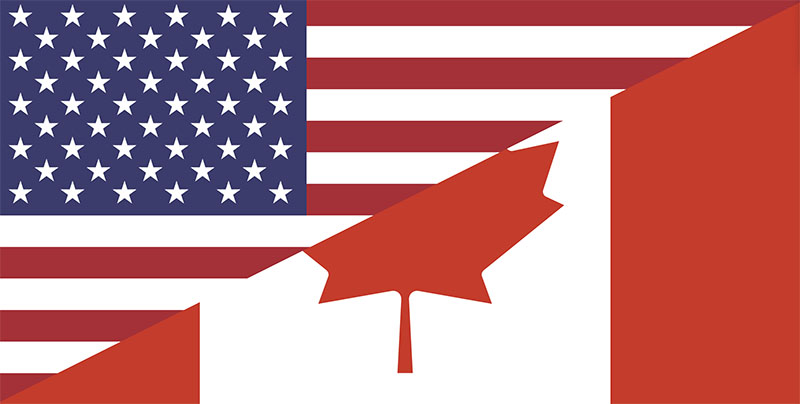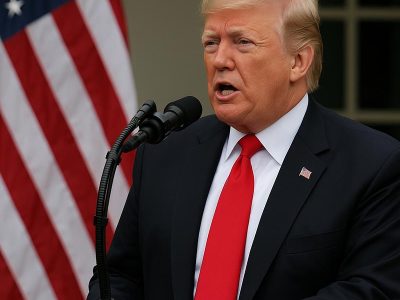Payam Javan: The already fraught trade relationship between the United States and Canada has plunged into a new crisis after President Donald Trump abruptly suspended negotiations and threatened an additional 10% tariff hike on Canadian goods. This latest escalation stems from a public advertisement aired by the Ontario provincial government, which featured historical footage of former President Ronald Reagan criticizing widespread protectionism. President Trump, viewing the ad as a personal affront and “fraudulent propaganda,” demanded its immediate removal, leading to the breakdown of high-level talks aimed at resolving previous tariff disputes.
Canadian Prime Minister Mark Carney, speaking from an ASEAN summit in Malaysia, confirmed that the trade discussions had been making “considerable progress” on specific sectors, including steel, aluminum, and energy, right up until the point the advertisement began running. Carney stated that Canada is ready to resume talks when the U.S. is prepared, but he firmly reiterated that Canada will not be held “hostage to Trump’s temper.” The Prime Minister emphasized that his government’s priority is now to focus on building domestic economic resilience and diversifying international partnerships to reduce reliance on an “unpredictable and unreliable partner” like the current U.S. administration.
In a clear sign of the deepening rift, President Trump ruled out a meeting with Prime Minister Carney during their respective trips to Asia, stating he “won’t be meeting with Carney for a long time.” The U.S. president’s actions, experts argue, appear to be driven more by political optics and a reaction to being publicly challenged than by fundamental economic policy concerns. The threatened 10% levy would compound existing U.S. tariffs on Canadian aluminum, steel, lumber, and automobiles, which have already severely impacted Canadian industries and raised costs for American consumers.
The fallout has triggered a domestic debate in Canada, with some officials criticizing the Ontario government for “freelancing” on foreign policy, which is constitutionally the purview of the federal government. The Business Council of Canada’s CEO warned against provincial-level political theatrics undermining sensitive international negotiations. Nonetheless, the Prime Minister’s office has stood by its strategy of preparing contingency plans and pushing ahead with a major federal budget on November 4th, promising “generational investments” at home to insulate the Canadian economy from U.S. trade volatility.
Ultimately, the trade turbulence underscores the challenges facing Western allies in the current geopolitical climate. Canada, the largest export customer for over 30 U.S. states, is being forced to actively seek new markets in Asia, including a push to finalize a free-trade agreement with the ASEAN nations by next year. The message from Ottawa is a conservative one: while the deep economic alignment with the U.S. will continue, the long-term era of ever-closer ties has ended, demanding a strategic shift toward self-reliance and global diversification.









